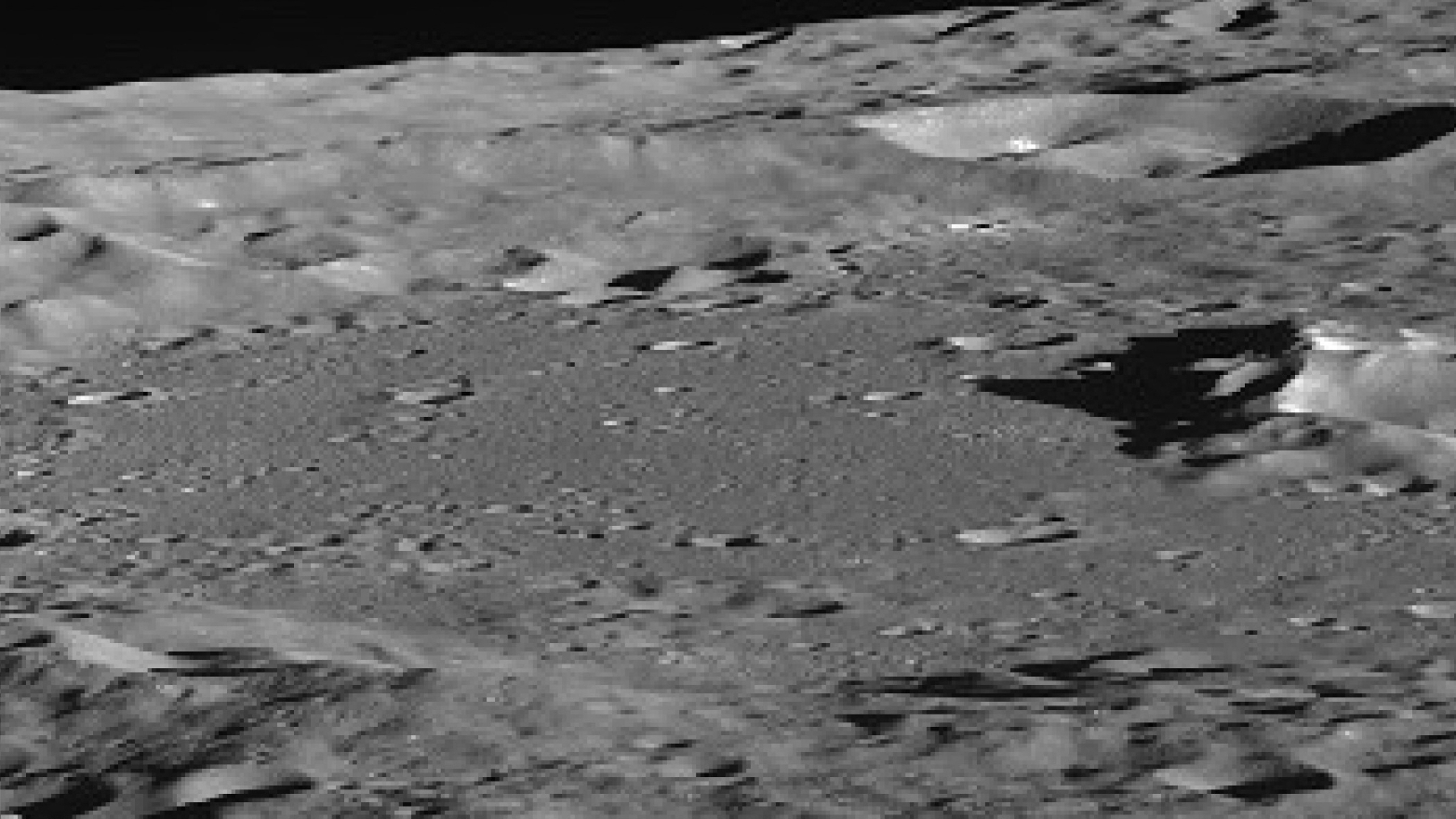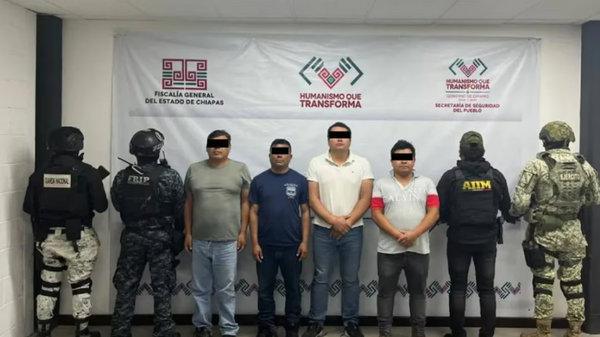
South Korea is transforming abandoned coal mines into testing grounds for lunar exploration.
The Korea Institute of Geoscience and Mineral Resources (KIGAM) conducted a demonstration inside the tunnel of the former Hamtae mine in Taebaek, Gangwon Province, in late March, deploying prototype lunar rovers using autonomous navigation and other technologies with potential for use in space mining, the South Korean news outlet Pulse reported.
The rovers demonstrated mobility across challenging terrain, sample collection and remote sensing capabilities. The move highlights the plan, which involves government and research institutes, to turn the mine into a space resource convergence demonstration complex and help develop technologies that could extract useful resources from the moon.
"To compete in the global resource race, Korea must develop space resource technologies independently," said Kim Kyeong-ja, head of the Space Resource Exploration and Utilization Center at KIGAM, Pulse reported. "This requires mobilizing national capabilities via the collaboration of multiple institutions. It is not something that a single researcher or institute can achieve alone."
Related: South Korea creates new KASA space agency, sets sights on the moon and Mars
South Korea has already launched a lunar orbiter, Danuri, which is also known as the Korea Pathfinder Lunar Orbiter (KPLO). The country established its national space agency, KASA, last year and is targeting its first robotic lunar landing by 2032.
Taebek is South Korea's highest-elevation city, and therefore symbolically the closest one to space. Its former use for mining coal for energy is giving way to the testing of technology that could unlock future energy sources from off world.
"The coal that was once mined in Taebaek fueled Korea's industrialization during the 1960s," KIGAM President Lee Pyeong-koo said. "We are now beginning a new mission to explore energy resources for future generations, and we are once again starting in Taebaek."







